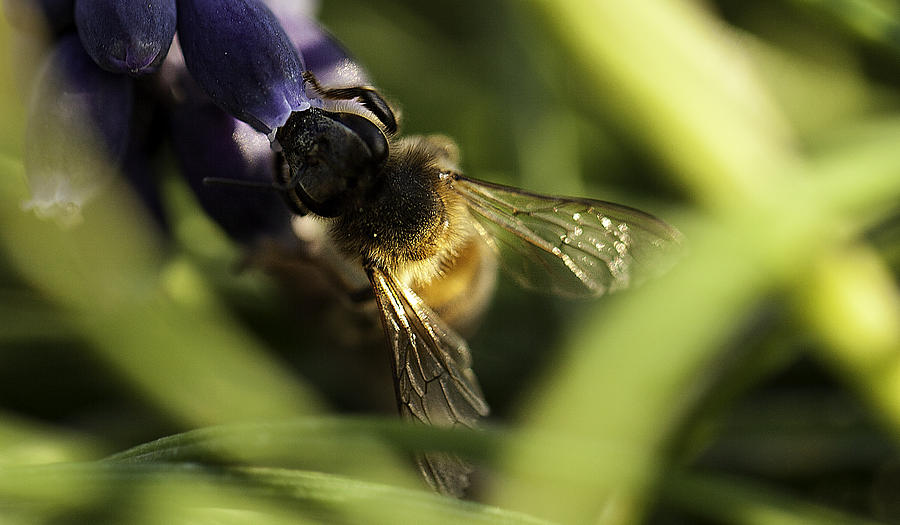

tubo nectarifero calyce sesquilongiori (DeCandolle), with the nectar-bearing tube one and a half times longer than the calyx. tubus nectarifer obsoletus (DeCandolle), nectar-bearing tube undeveloped. tubo nectarifero calyce quadruplo longiori (DeCandolle), with the nectar-bearing tube four times longer than the calyx. 5 aequalia in calcar seu tubum nectariferum nulla producta (DeCandolle), sepals 5, of the same dimensions, noneof them elongated into a nectariferous spur or tube. majorum (DeCandolle), glandules nectariferous, at the base of the larger stamens. pétala 5-16, conspicua, fovea nectarifera 0 (B&H), the petals 5-16, conspicuous, with the nectariferous depression none. fila saepe appendicibus lateralibus conspicuis sulcum nectariferam formantibus, filaments often with conspicuous lateral appendages forming a nectar groove. sulco nectarifero glabro viridi, with nectarial furrow glabrous green Nectar-bearing, nectarial, “honey-bearing” (Lindley): nectarifer,-fera,-ferum (adj.A) nectarifluus,-a,-um (adj.A), ‘flowing with nectar ’ nectareus,-a,-um (adj.A) verb eilyO ‘I wrap round,’ to wrap around, enfold): “ a collection of long hairs found on the inner surface of some flowers, as Menyanthes” (Lindley) “any appendages to a nectary, as the long hairs in Menyanthes” (Jackson). Nectar flowers: flores nectaries, flores nectarei ?: “without colored perianth or petals, producing sticky pollen, as Salix” (Jackson): perhaps flores (pl.m.III) nectariales (adj.B) flores nectarei (adj.A). NOTE: an i-stem neuter noun see -ar for declension. nectaribus: “the honey of a flower the superfluous saccharine matter remaining after the stamens and pistil have consumed all that they require” (Lindley) “a sweet fluid extruded from various parts of the plant in the flower it is called honey” (Jackson) “any delicious drink a sweet liquid that is secreted by the nectaries of a plant and that is the chief material used by bees in the production of honey” (WIII) see honey, juice, sap cf. A good quality apple spritzer has a fruit content of 60%.Nectar: nectar,-aris (s.n.III), acc. The initial fruit juice is subject to the same regulations as 100% fruit juice. This drink is made from fruit juice and sparkling mineral water. Juice with sparkling water is sometimes called a “spritzer”. The fruit in this case mostly serves as a flavouring. Fruit nectar does not contain any colourings or preservatives.Ī fruit juice drink on the other hand is primarily a thirst quencher, which is why it needs a higher water content. There is a required minimum fruit content for fruit nectars, which is between 25 and 50%, depending on the type of fruit. These include black currants, sour cherries and bananas. Some fruits naturally contain so much fruit acidity or fruit pulp that they cannot be sold as 100% fruit juice they can only be made palatable using water and sugar, which is called fruit nectar. The syrup-like concentrate is then turned into fruit juice by reconstituting it with water. If it says “made from concentrate” on the packaging, then the water is removed from the freshly pressed juice under vacuum conditions in the country of production.

There is "not-from-concentrate” juice, which is bottled after harvesting and stored for later bottling. However, fruit juice can be made in two different ways. there are no added colourings, preservatives or sugar. 100% juice is fruit juice made from 100% “liquid fruit", i.e.


 0 kommentar(er)
0 kommentar(er)
